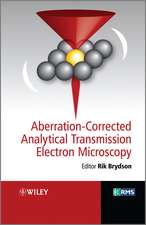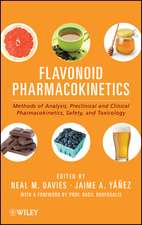Mixing of Rubber
Autor John M. Funten Limba Engleză Paperback – 5 sep 2009
| Toate formatele și edițiile | Preț | Express |
|---|---|---|
| Paperback (1) | 414.16 lei 38-44 zile | |
| Smithers Rapra Technology – 5 sep 2009 | 414.16 lei 38-44 zile | |
| Hardback (1) | 495.72 lei 38-44 zile | |
| Smithers Rapra Technology – 5 sep 2009 | 495.72 lei 38-44 zile |
Preț: 414.16 lei
Preț vechi: 511.31 lei
-19% Nou
Puncte Express: 621
Preț estimativ în valută:
79.26€ • 81.88$ • 65.96£
79.26€ • 81.88$ • 65.96£
Carte tipărită la comandă
Livrare economică 22-28 martie
Preluare comenzi: 021 569.72.76
Specificații
ISBN-13: 9781847354280
ISBN-10: 1847354289
Pagini: 196
Dimensiuni: 178 x 254 x 11 mm
Greutate: 0.35 kg
Ediția:New.
Editura: Smithers Rapra Technology
ISBN-10: 1847354289
Pagini: 196
Dimensiuni: 178 x 254 x 11 mm
Greutate: 0.35 kg
Ediția:New.
Editura: Smithers Rapra Technology
Descriere
Since the discovery of vulcanization in the 19th century, rubber has been a major industrial product. Despite the commercial importance of the process, no comprehensive analysis of rubber mixing is currently available. This monograph is designed to fill that gap in the arsenal available for problem solving by the production engineer or the machine designer.











